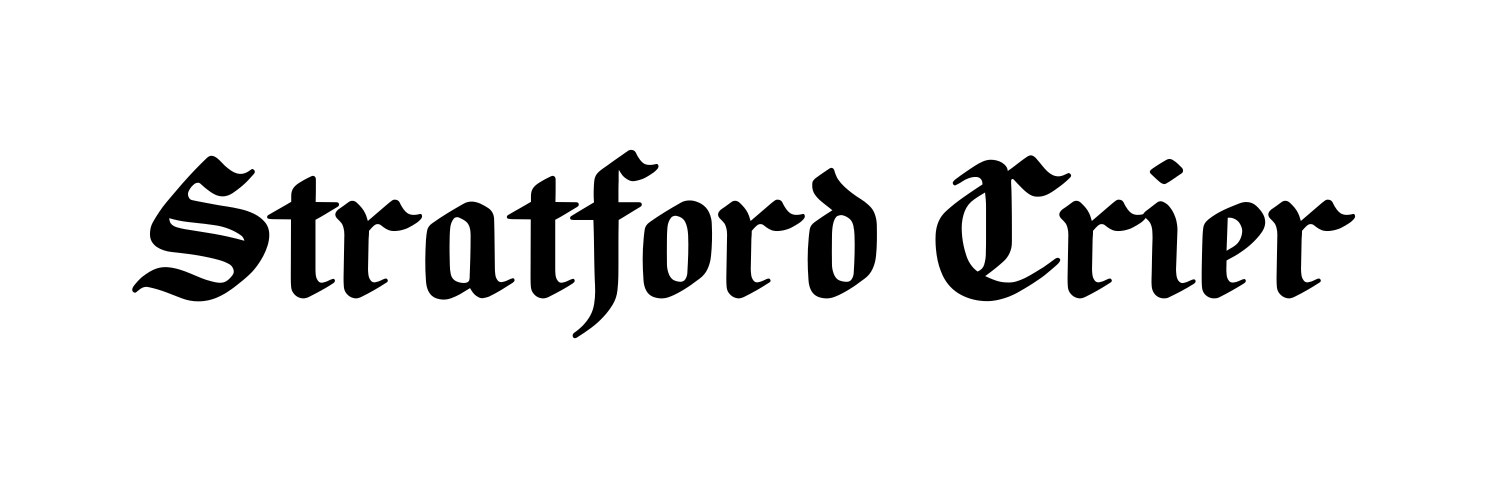[av_blog blog_type=’posts’ link=’category’ blog_style=’single-big’ content_length=’content’ contents=’excerpt’ date_filter=” date_filter_start=” date_filter_end=” date_filter_format=’yy/mm/dd’ offset=’0′ conditional=” bloglist_width=” columns=’3′ preview_mode=’auto’ image_size=’portfolio’ items=’3′ paginate=’yes’ lazy_loading=’disabled’ av-desktop-hide=” av-medium-hide=” av-small-hide=” av-mini-hide=” alb_description=” id=” custom_class=” av_uid=’av-1bcsl’]
[av_magazine link=’category’ tabs=’true’ thumbnails=’true’ meta_author=’false’ meta_cats=’false’ meta_tags=’false’ heading_active=” heading=” date_filter=” date_filter_start=” date_filter_end=” date_filter_format=’yy/mm/dd’ first_big=” first_big_pos=’top’ items=’5′ paginate=” offset=’0′ heading_color=’theme-color’ heading_custom_color=’#ffffff’ heading_tag=” heading_class=” heading_link=” lazy_loading=’disabled’ av-desktop-hide=” av-medium-hide=” av-small-hide=” av-mini-hide=” alb_description=” id=” custom_class=” av_uid=’av-11ua1′]
